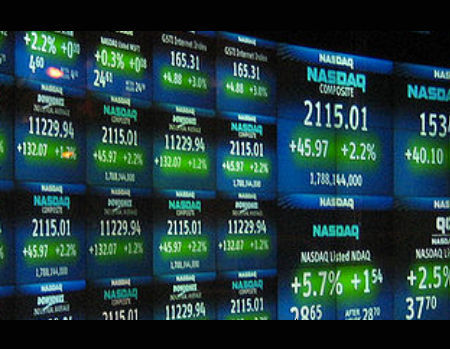As the summer starts winding down, it’s a perfect time to evaluate the health of the economy. Chances are that your business will perform better if the economy improves. Knowing what will happen over the remainder of 2014 and 2015 will help you make better decisions related to pricing, sales, hiring and borrowing. You don’t need to be an economist or get bogged down in reams of data. Just focus on these 5 key signals:
Interest rates
Since the financial crisis of 2008 the Federal Reserve has supported policies to keep interest rates at near zero percent. The goal of keeping low rates is to support investment and growth. The Federal Reserve has been keeping rates low through a complex bond-buying program that costs roughly $1 billion per day and cannot continue indefinitely. Fed Chairwoman Yellen has indicated that the program will end in October and that the Fed will also raise its interest rate target in early 2015. More details should be available after The Federal Reserve’s next policy meeting on September 16th.
The bottom line: Barring a national crisis or war, interest rates will start to increase this fall.
Inflation
Inflation has generally been a non-issue for the past ten years. While some specific products like meat and fuel have experienced significant price increases, both consumer and producer inflation have been low. The Federal Reserve believes that inflation as measured by the Consumer Price Index should stay at around 2 percent. Since 2008 the Federal Reserve has been more concerned with stimulating employment but as employment numbers improve, the focus will start to shift more towards keeping inflation in check.
The bottom line: While underlying trends point to rising inflation, the Federal Reserve will keep it in check.
Lending
Small business lending has recuperated from the draconian policies implemented shortly after the 2008 financial crisis by many traditional lending institutions. But the overall outlook isn’t positive. Several trends are inhibiting the appetite for small business loan risk. Increased capital requirements from regulators mean less capital for small business loans. The higher profitability and reduced transaction costs of larger loans puts small businesses at a disadvantage. Consolidation in the banking sectors means less institutions dedicated to small businesses. A number of non-traditional small business lenders have emerged but they are relatively new and have yet to make inroads with small business owners.
The bottom line: Small business bank lending will continue to improve albeit very slowly and focused on “big” small businesses. Don’t expect many changes from traditional lenders.
Financial markets
The Dow Jones Industrial Average, Nasdaq Composite Index, S&P 500 Index and the Russell 2000 Index continue to reach record and near-record highs. These four indices represent the stocks that the vast majority of investors own. A 10 percent correction in the value of these industries would equate to several trillion dollars of lost wealth for investors. That isn’t unrealistic. Right now the stock market is priced to perfection. Any indication that the underlying companies represented by these indices will perform poorly would lead to large-scale sell offs, causing a chain reaction across other areas of the economy
The bottom line: There is a disconnect between the performance of the stock market and the performance of the economy. This means that a correction in stock market prices is likely over the next 18 months.
Consumer sentiment
How consumers feel about their own financial well-being is a key driver of economy growth. Consumers feel secure enough to spend money when they have job security and the value of their homes rise. While housing prices have stabilized in most areas affected by the housing crisis, employment still has a long way to go. One-third of all unemployed persons have been that way for over 6 months; the labor force participation rate is at its lowest level in 40 years. The University of Michigan’s Consumer Sentiment Index currently stands at 81.8. This is far above its recent low of 55.8 in August 2011; it’s significantly below the levels experienced during the past 50 years where consumers were bullish.
The bottom line: Since there is no “quick-fix” for the long-term unemployed and underpaid workers, consumer sentiment won’t improve much in the near term.
